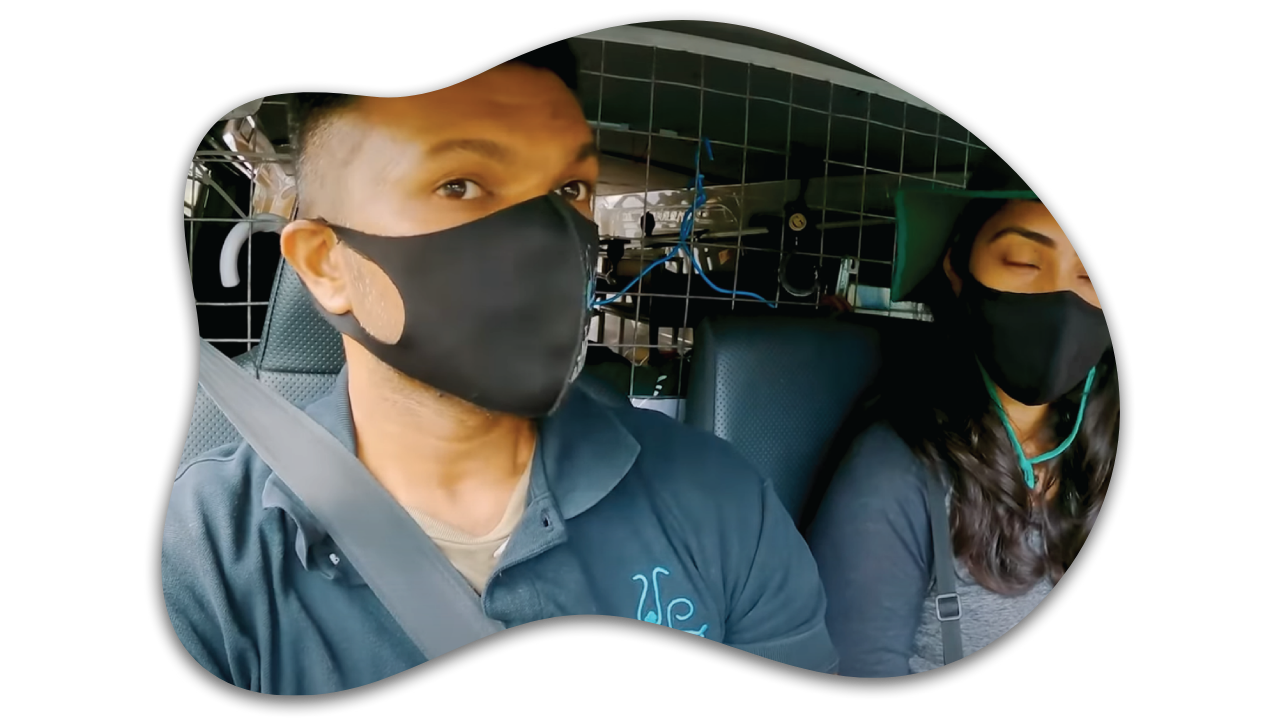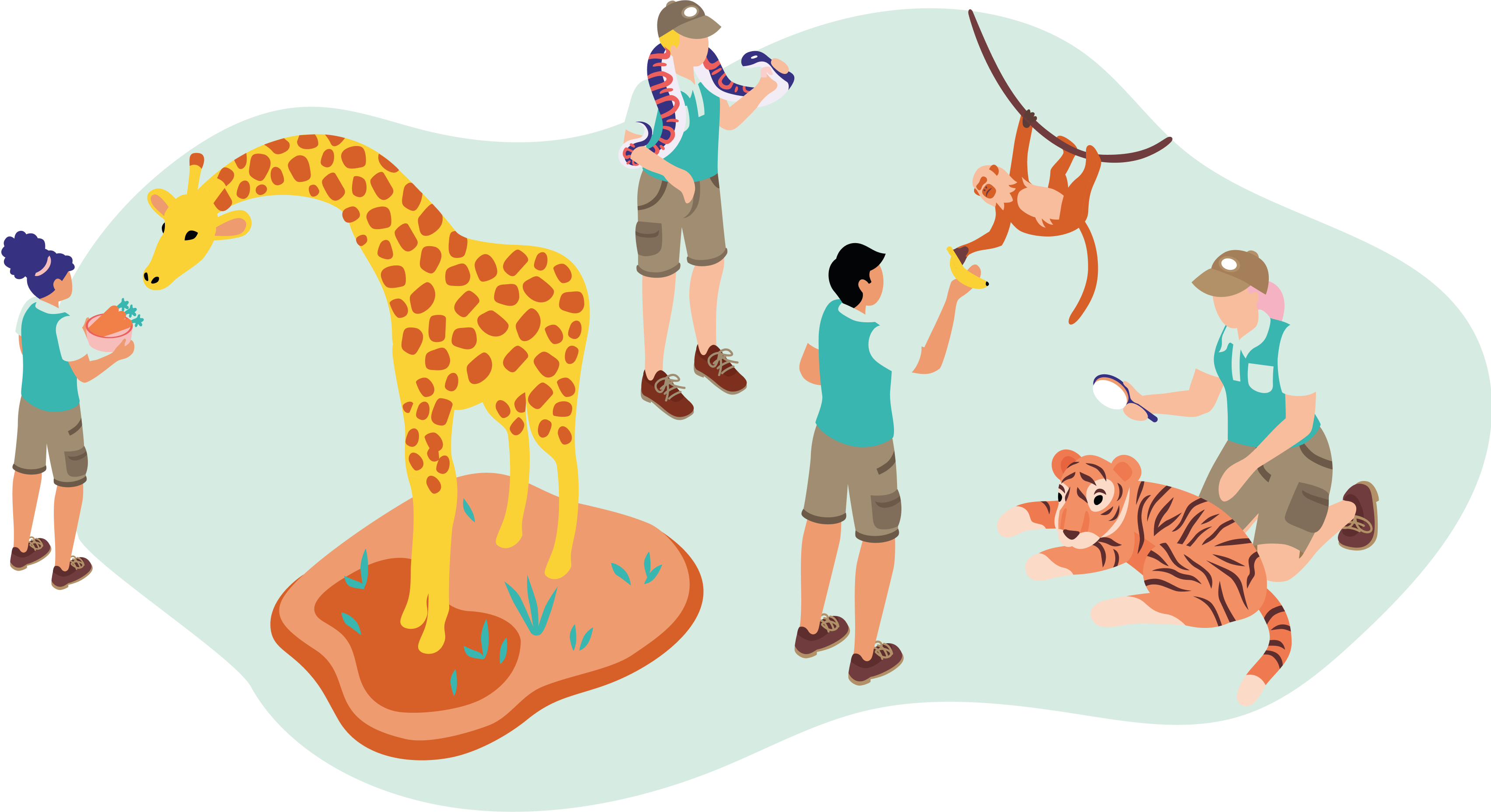
Wildlife Rescuers help to save injured or sick wild animals and provide treatment for them until their health is restored. They also educate the public about wildlife conservation.
Wildlife Rescuer Job Description
- Rescuing animals found injured or distressed in the wild and providing immediate assistance.
- Examining injured wildlife and providing necessary medical and physical care for recovery.
- Feeding, cleaning and monitoring wildlife after rescue and during recovery.
- Relocating animals that cannot be released into the wild in educational facilities or rescue centres.
- Providing educational demonstrations and presentations to raise awareness about wildlife conservation.
- Collaborating with wildlife authorities and conservation organisations to coordinate rescue efforts and ensure compliance with regulations.
- Participating in wildlife rehabilitation and release programs to reintegrate recovered animals back into their natural habitats.
Note
Some rescued wildlife can't return to the wild for safety reasons and are moved to reserves, where they can be visited.
What you should know about Wildlife Rescuer jobs in Singapore
Nature of Work
As Wildlife Rescuers, you will aid injured or endangered animals, often providing emergency care, rehabilitation, and safe release into the wilderness.Key Advice
You may need to work 365 days throughout the year, including nights and weekends, requiring a high commitment level due to emergencies.-
Entry RequirementsEntry Requirements
- A bachelor’s degree in relevant fields such as Biology, Ecology or Zoology is required for Wildlife Rescuers.
- Experience is also highly valued for this role, so internships or volunteer time in various animal shelters will help you stand out.
- Willingness to undergo training and certification in Wildlife Handling, First Aid, and Rescue.
- Certification in Basic Cardiac Life Support (BCLS) and Automated External Defibrillator (AED) usage for emergency animal care situations.
- A valid Class 3C or 3CA driving license to operate rescue vehicles under various conditions.
-
Possible PathwayPossible Pathway

Skills you need to pursue a Wildlife Rescuer career in Singapore
 Hard Skills
Hard Skills
Wound Management
Proficient in treating and managing animal injuries.Animal Nutrition
Expert in dietary needs and feeding practices for various wildlife species.Physical Strength
Capable of handling and rescuing animals to minimise stress and injury to both rescuer and wildlife.Interpersonal Skills
Effective in communicating with teams and the public on wildlife issues.Stress Tolerance
Able to remain calm and efficient, especially during wildlife emergencies and rescues.Attention to Detail
Observe animal behaviour and health, ensuring no signs of distress or illness go unnoticed during care.
“Greater appreciation for wildlife starts with coexisting with them, and not seeing them as a threat. ”
Kalai, Co-Chief Executive of ACRES
Related Job Roles
Explore Other Programmes
Browse AllYou have bookmarked your first item!
Find it in My Discoveries with insights on your interests!





